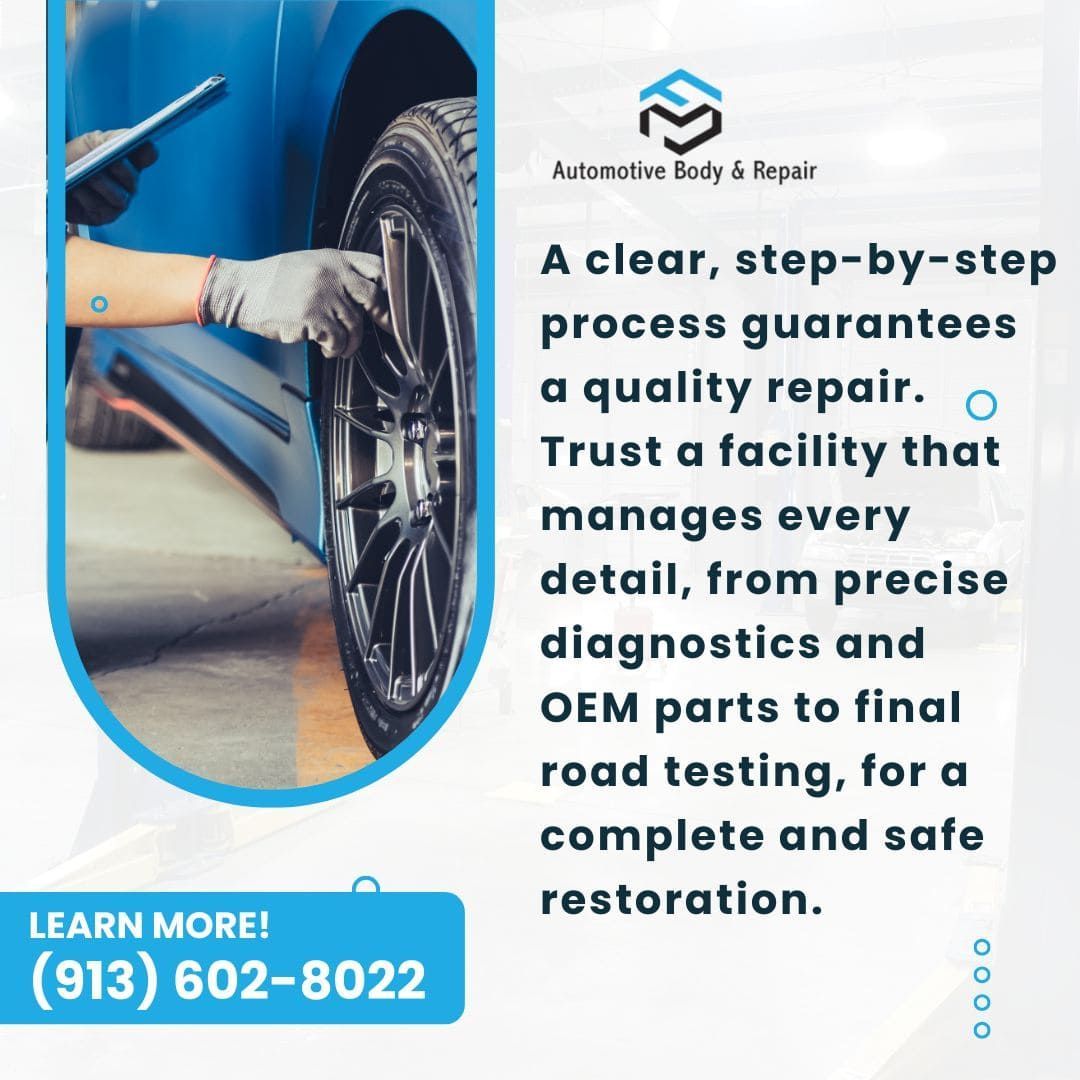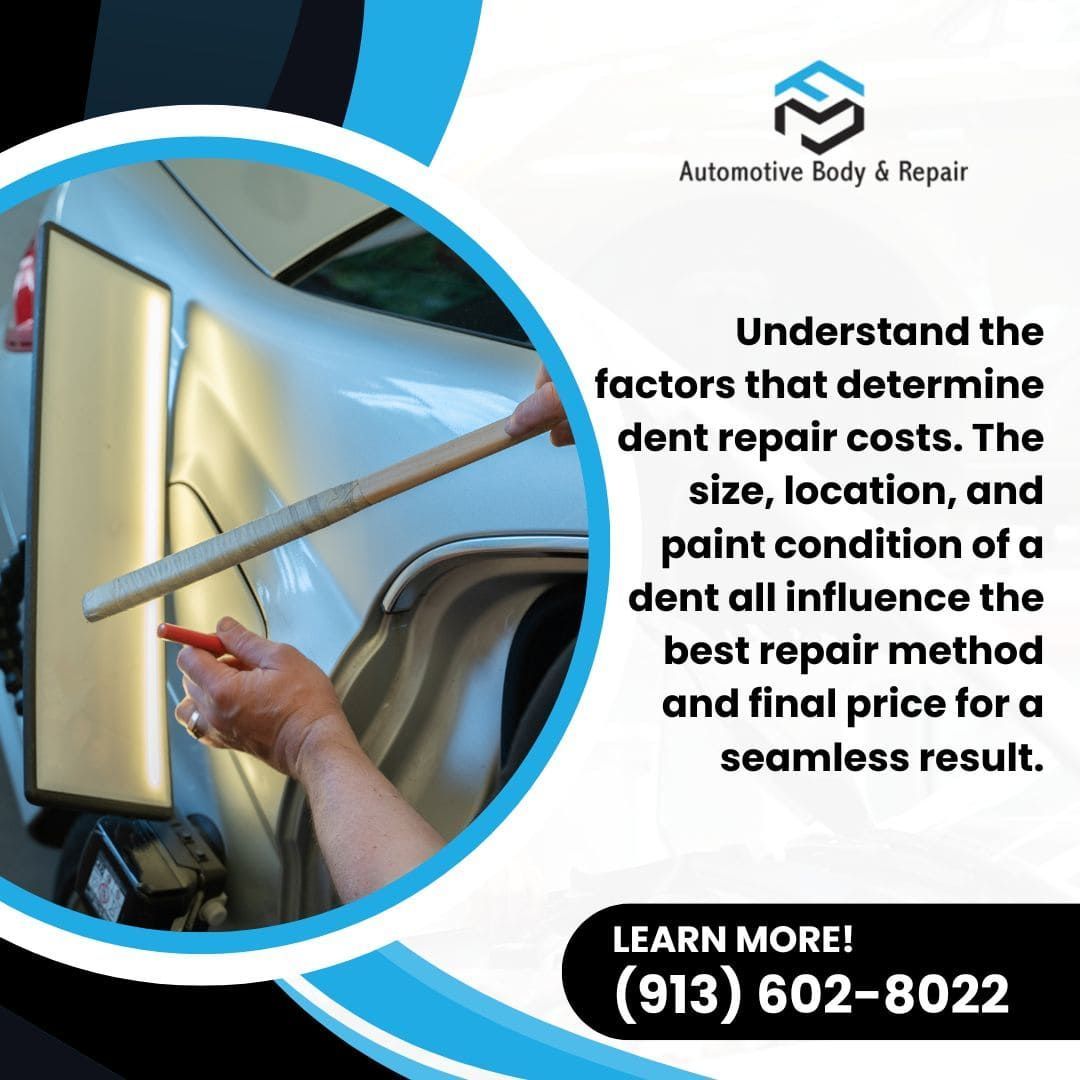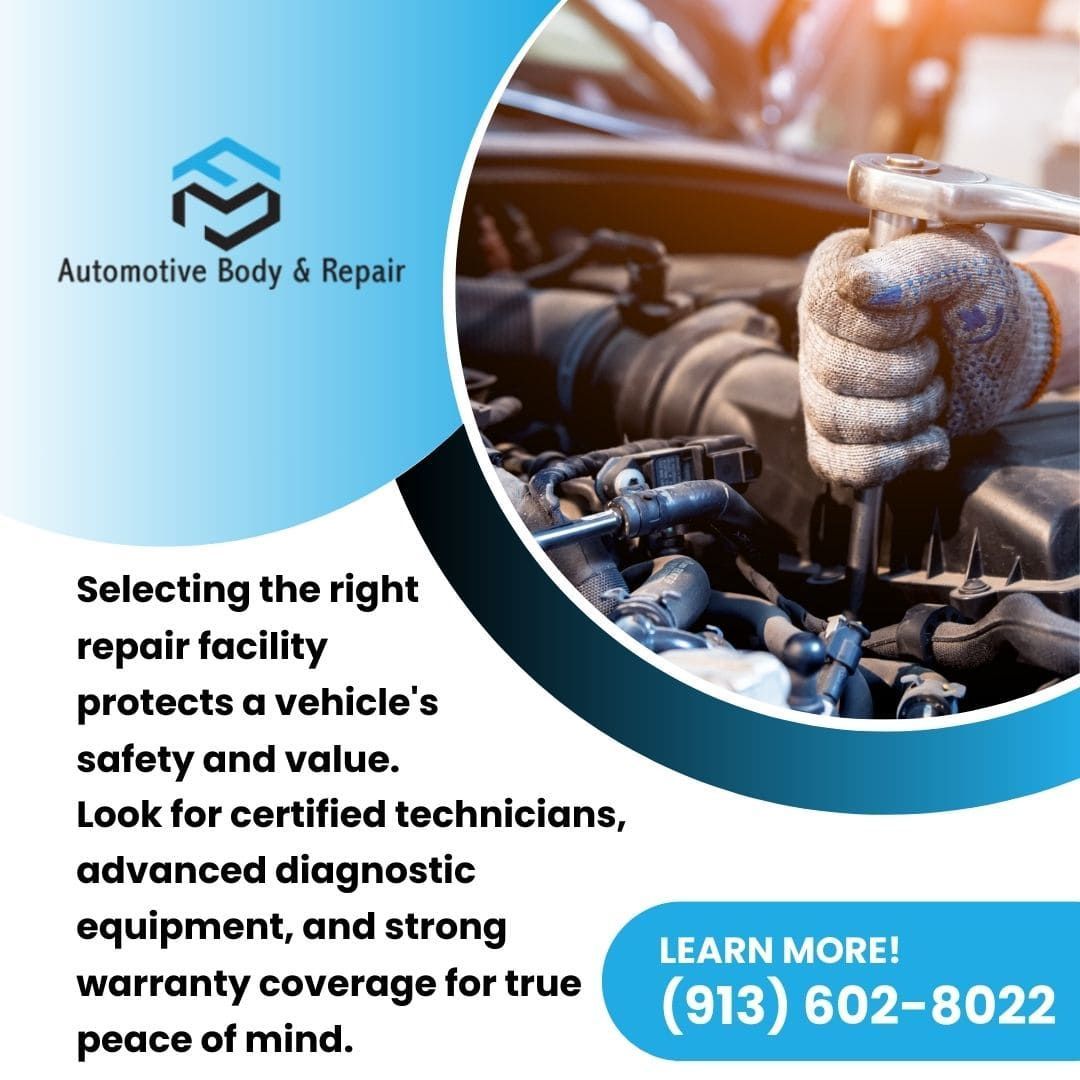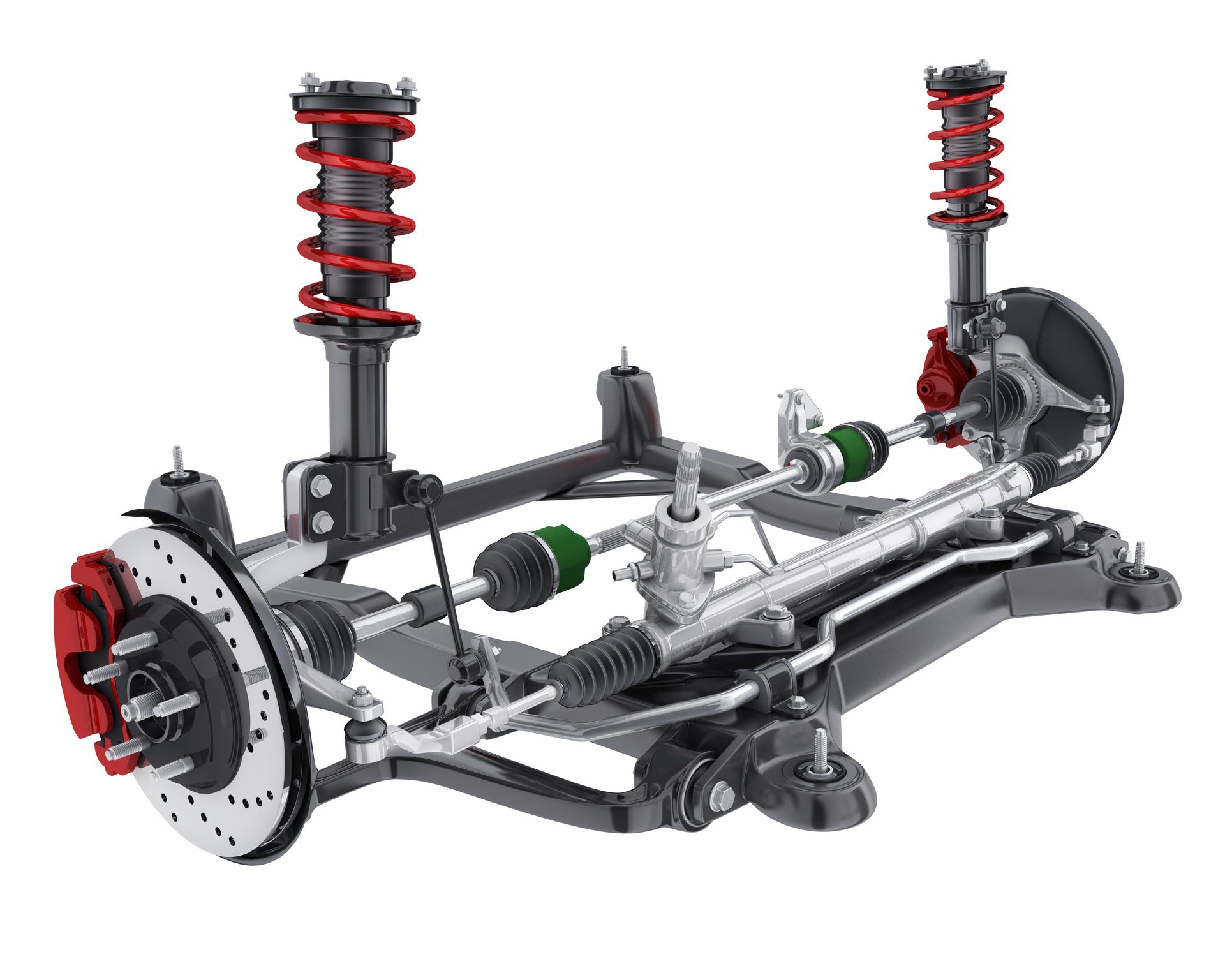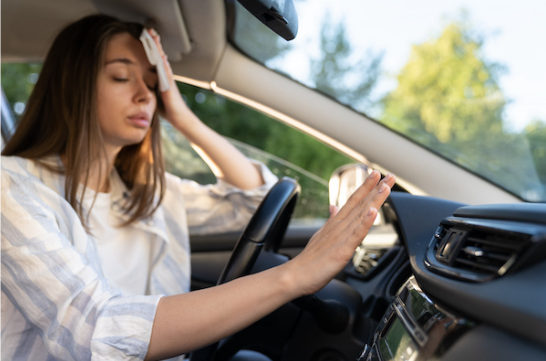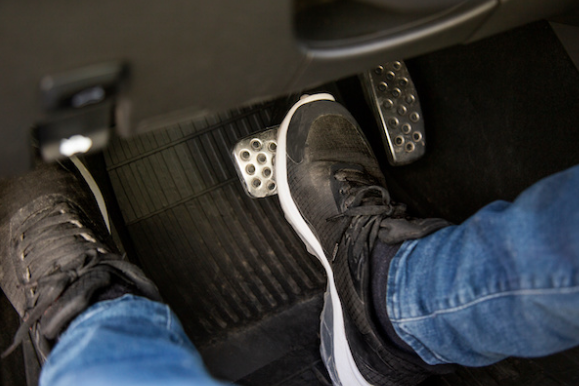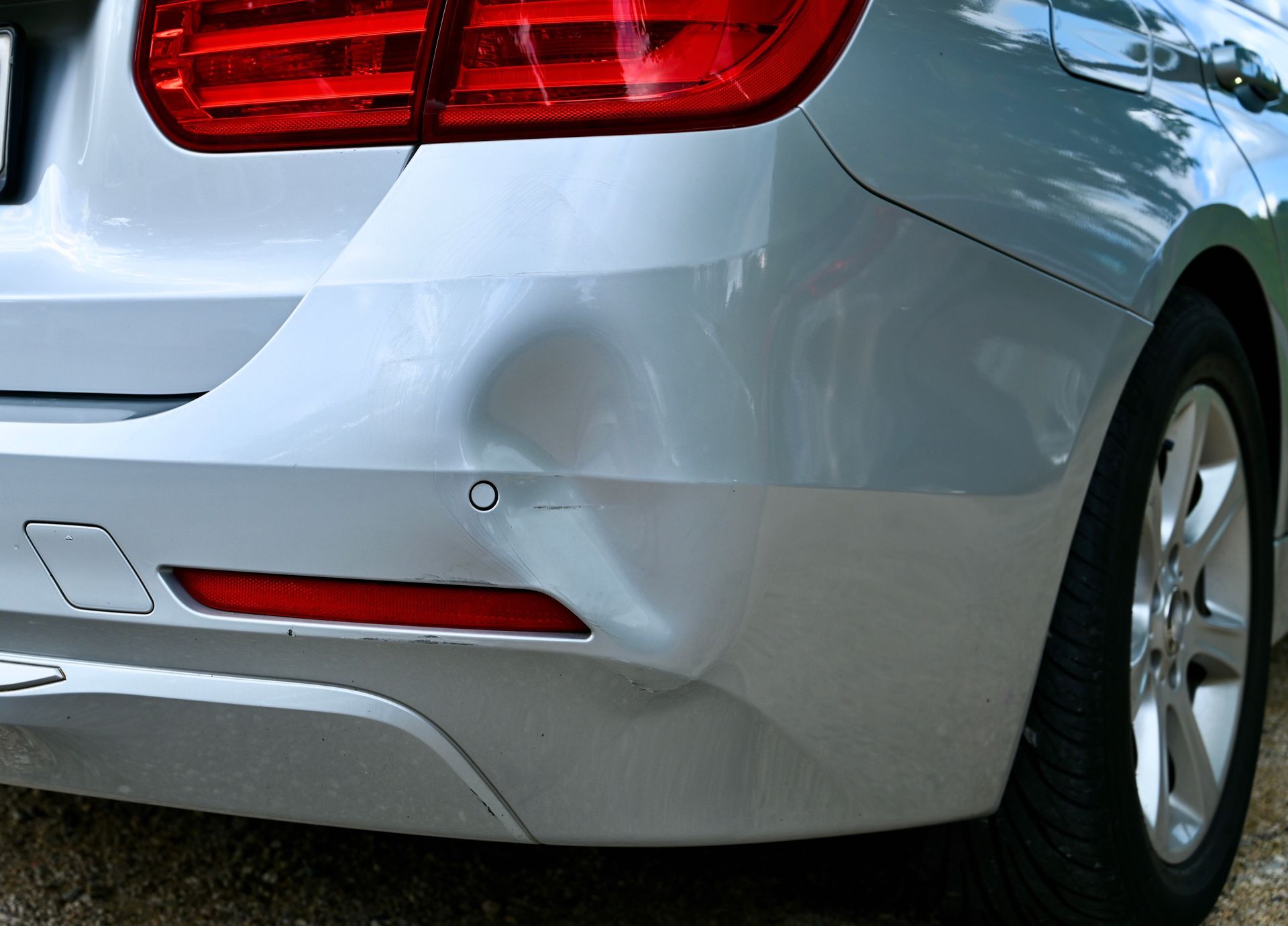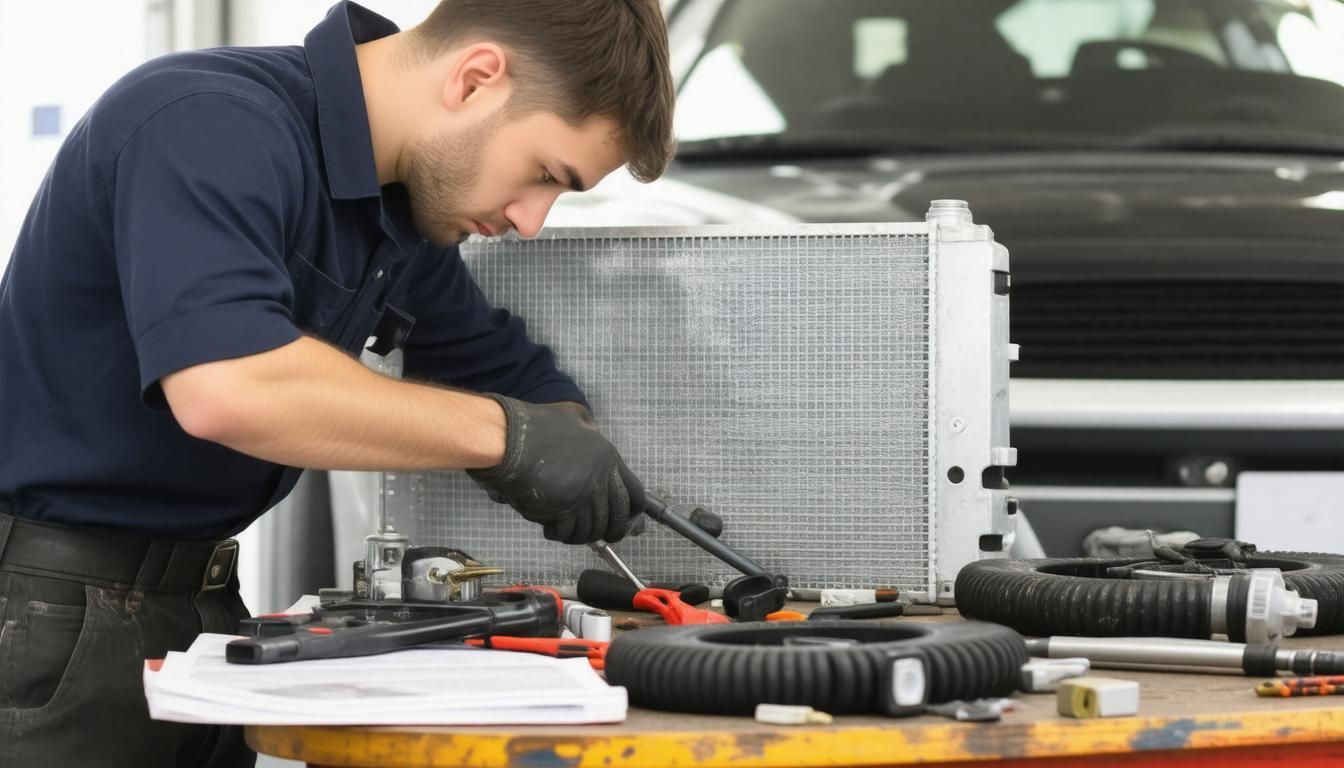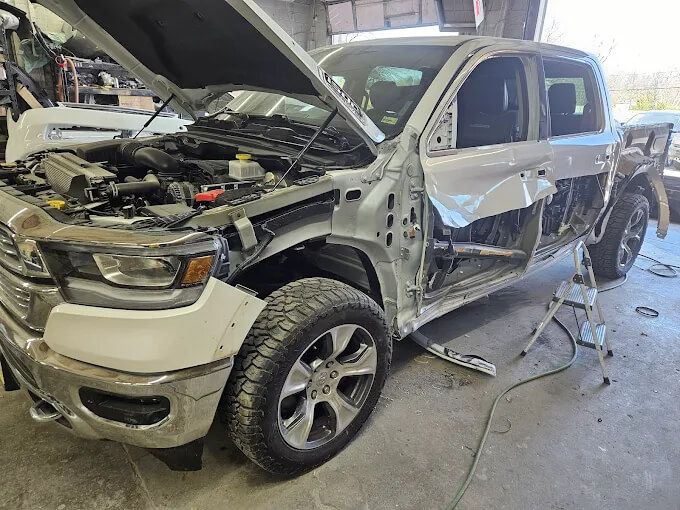If you’ve ever seen the aftermath of a modern car crash, you might be surprised at how badly the vehicle looks, even in what seemed like a low-speed accident. Bumpers crushed, hoods folded, fenders crumpled. It often raises the question: why do cars today seem to fall apart so easily compared to older vehicles?
The answer lies in how modern cars are designed to keep you safer. Those crumpled panels and bent frames aren’t signs of poor build quality. They’re the result of engineering decisions meant to absorb energy and protect the people inside. Let’s break down why cars are built this way and how it helps reduce injuries during an accident.
Crumple Zones Are Meant to Sacrifice the Car
The most important safety innovation behind this design is the crumple zone. These are specific areas of a vehicle intentionally built to collapse in a controlled way during a collision. By folding and absorbing energy, these zones slow down the force of impact before it reaches the cabin, where passengers are seated.
Think of it like a cushion absorbing a fall. The energy has to go somewhere, and modern vehicles are designed to direct it away from people. The car may not come out of the crash looking good, but the goal is to make sure you do.
Older Cars Were Stronger but Less Safe
It’s true that older cars often had more metal and seemed to survive crashes with less visible damage. But that didn’t necessarily make them safer. In fact, the rigid bodies of older vehicles transferred more of the crash force directly into the passenger area.
Without the ability to absorb energy, the impact went straight to the occupants. That meant higher risks of serious injury or death, especially in head-on or rear-end collisions. Crumple zones reduce that force and give seat belts and airbags more time to do their job.
High-Tech Materials Make a Big Difference
Modern cars use a mix of materials to create both strength and flexibility. High-strength steel, aluminum, and other advanced composites are placed strategically throughout the vehicle. Some areas are reinforced to stay rigid, like the passenger cabin, while others are engineered to collapse under pressure.
This balance allows vehicles to manage crash forces more intelligently. You might see a front end that looks destroyed, but a cabin that’s barely been touched. That’s no accident—it results from years of crash testing and engineering.
Safety Systems Work Together
Crumple zones are just one part of the bigger picture. Airbags, seat belt tensioners, and electronic stability control systems are all designed to work in sync. If a car can slow down the impact through its frame, airbags can deploy more effectively and at the right time, and seat belts can keep you properly restrained.
Together, these systems drastically reduce the chance of injury. You may end up with a damaged vehicle, but your odds of walking away from the crash are much better than they were in decades past.
Repairs May Be More Complex, But They’re Worth It
Because modern cars use layered materials and advanced safety systems, repairs after a crash can be more involved. Sensors, hidden reinforcements, and crumple zone design all require careful inspection. That’s why it’s important to have collision repairs handled by experienced professionals who understand today’s vehicle technology.
At F & M Automotive Body & Repair, we know that protecting your safety doesn’t end with the crash, it continues with how your car is repaired. Rebuilding a vehicle to pre-accident condition means more than replacing panels. It means restoring the safety systems that kept you protected in the first place.
F & M Automotive Body & Repair – Auto Body Repair in Shawnee, KS
We know that no one wants to be in a collision. But if it happens, it’s reassuring to know that your car was designed to protect you, and that our team is here to restore it properly. At F & M Automotive Body & Repair in Shawnee, we take pride in helping you get back on the road with confidence and peace of mind.
Trust us to repair your vehicle the right way, every time.
